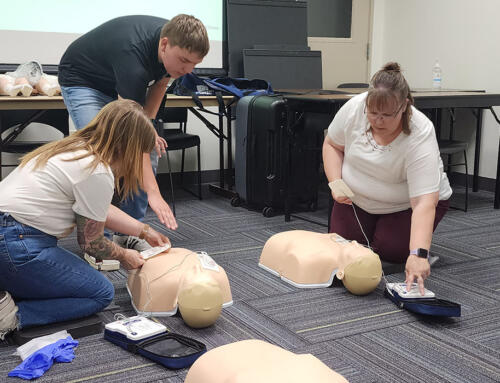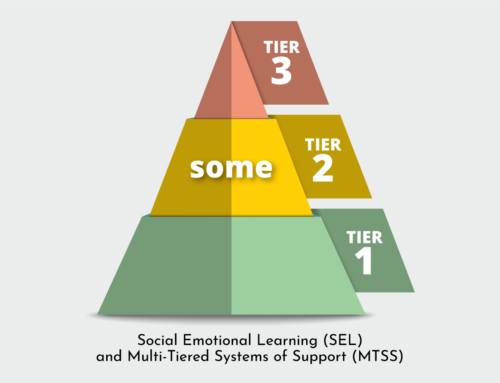Whether it is a work computer, a home laptop or our ever-present smartphones, chances are you stare at some type of screen for hours each day. This can lead to vision problems. “Focusing on tiny type for hours on end can cause eyestrain, fatigue and headaches,” the American Academy of Ophthalmology (AAO) cautions. “Staring at screens for long periods can also leave eyes parched, red and gritty-feeling.”
The Mayo Clinic states that eyestrain is a common condition that occurs when a person’s eyes get tired from intense use, and “people who look at screens two or more hours in a row every day have the greatest risk of this condition.”
AAO recommends taking the following steps to prevent eyestrain:
Keep your screen at arm’s length
When working with a desktop computer, keep the screen about 25 inches from your face, or about an arm’s length away. If doing so makes the words on the screen appear too small, adjust the font size.
Mind the glare
Screen glare from lighting can irritate your eyes; try a matte filter for your screen to help diminish glare.
Give your eyes rest time
AAO notes that eyestrain occurs after long and continuous screen use, and recommends workers follow the “20-20-20 rule”: Take a break every 20 minutes by looking at something 20 feet away for 20 seconds. This will allow your eyes time to relax.
Avoid dry eyes
Try using a personal humidifier at your desk to help keep your eyes moisturized. Additionally, keep eye drops handy to lubricate your eyes if they feel particularly dry.
Pay attention to lighting
If your screen is too bright, your eyes have to work harder. Adjust your screen’s brightness, as well as the lighting in your office or home, to reduce eyestrain.
A note to contact lens users: Contact lenses can exacerbate eye dryness and irritation common to heavy users of computers and other digital devices often. Some tips:
- Give your eyes a break by wearing your glasses.
- Don’t sleep in your contact lenses, even if they are labeled “extended wear.”
- Always use good cleaning practices.
If your eyes are consistently red, blurry or watery, or they become sensitive to light or painful, see an ophthalmologist.





 ESD 112 equalizes educational opportunities for learning communities through innovative partnerships, responsive leadership, and exceptional programs.
ESD 112 equalizes educational opportunities for learning communities through innovative partnerships, responsive leadership, and exceptional programs.